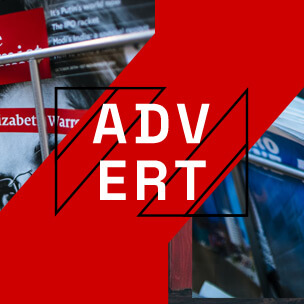Scrum project management is an agile methodology used to manage complex projects. It is based on the principles of iterative development, which means that the project is broken down into smaller chunks of work that can be completed in shorter time frames. Scrum is a highly collaborative approach to project management, with team members working together to achieve a common goal.
The Basics of Scrum
At the heart of Scrum is the concept of the “sprint”. A sprint is a time-boxed period of time (usually two to four weeks) where a specific set of tasks is completed. During the sprint, the team meets daily to discuss progress and plan for the next day. At the end of the sprint, the team reviews their progress and makes adjustments to the plan for the next sprint.
The Scrum Team
The Scrum team consists of three key roles: the Product Owner, the Scrum Master, and the Development Team. The Product Owner is responsible for setting the vision for the project and ensuring that the team is on track to meet the goals. The Scrum Master is responsible for facilitating the team and ensuring that the Scrum process is followed. The Development Team is responsible for actually completing the work and delivering the product.
Scrum Meetings
The Scrum process is supported by a number of meetings. These include the Sprint Planning Meeting, the Daily Scrum, the Sprint Review, and the Sprint Retrospective. The Sprint Planning Meeting is used to plan the tasks for the upcoming sprint. The Daily Scrum is a quick meeting to review progress and plan for the next day. The Sprint Review is used to review the completed work and make any necessary adjustments. The Sprint Retrospective is used to review the process and make improvements for the next sprint.
Scrum Artifacts
Scrum also uses a number of artifacts to help the team track progress and communicate effectively. These include the Product Backlog, the Sprint Backlog, and the Burn-down Chart. The Product Backlog is a list of all the features and tasks that need to be completed for the project. The Sprint Backlog is a list of tasks that need to be completed during the current sprint. The Burn-down Chart is a visual representation of the progress made during the sprint.
Scrum Tools
There are a number of tools available to help teams use Scrum effectively. These include project management software such as JIRA and Trello, as well as task management tools such as Asana and Basecamp. These tools can be used to create and manage tasks, track progress, and communicate with team members.
Scrum Benefits
Scrum is a popular project management methodology because it has a number of benefits. It encourages collaboration and communication, which leads to better decision-making and faster problem-solving. It also allows for more flexibility and adaptability, which helps teams respond quickly to changing requirements. Finally, it helps teams focus on delivering value to the customer, which leads to better products and higher customer satisfaction.
Scrum Challenges
Although Scrum has many benefits, it also has some challenges. It requires a lot of discipline and commitment from team members, and it can be difficult to implement in organizations with a traditional, top-down management structure. It also requires a lot of time and effort to set up and maintain, and it can be difficult to measure the success of a Scrum project.
You might find these FREE courses useful
- Create a Project Management Dashboard
- Top Project Management: The Basics For Success
- Top Project Management: Life Cycle And Project
- Top Project Management Certification Google Courses
- Top Project Management Courses – Learn Project
- Top Project Management Principles And Practices
Conclusion
Scrum is a popular project management methodology that is used to manage complex projects. It encourages collaboration, communication, and adaptability, and it helps teams focus on delivering value to the customer. Although it has some challenges, it can be a powerful tool for managing projects and delivering successful results.


